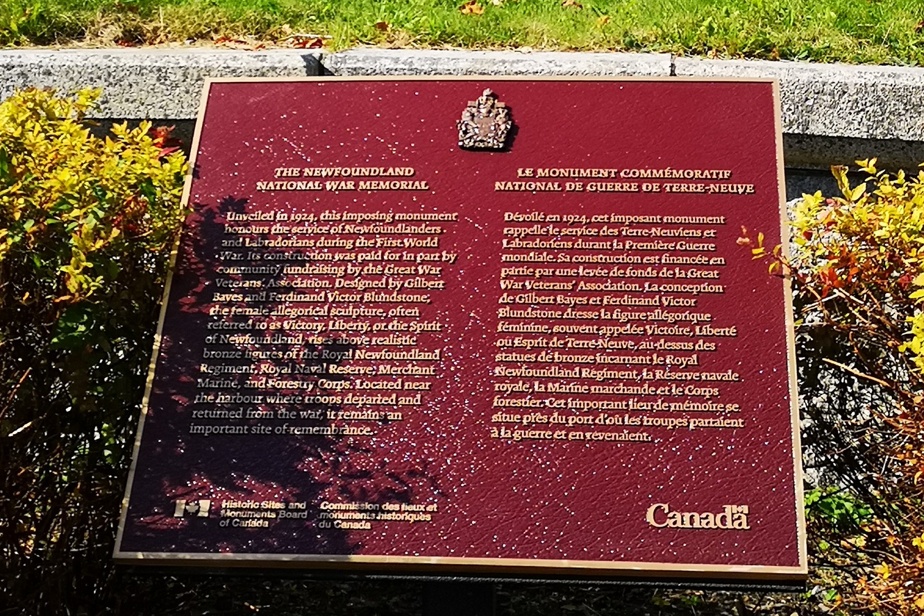(Edmonton) These plaques are affixed to old buildings where someone important lived. Or they are set up on a rock overhanging somewhere where something has happened.
Cast in bronze or inscribed on a sign, historical plaques are sometimes the only history lesson many of us receive. And now Parks Canada wants hundreds changed.
“The way many of the national historic designations are framed and positioned does not do justice to the magnitude of the impacts they have had on Canadian society,” said Patricia Kell, director of cultural heritage at the federal agency.
Parks Canada is rolling out a three-year program to re-examine and rewrite the plaques the Historic Sites and Monuments Board of Canada uses to mark places deemed important to understanding Canada’s past.
Among the sites whose plaques will be rewritten are fur trade forts such as Fort Langley in British Columbia and York Factory in Manitoba. Parks Canada will also revisit the arrival of Jacques Cartier in the Gaspé region, for colonial reasons.
Some involve historical figures who held beliefs at odds with today’s standards, including one of the Fathers of Confederation, John A. Macdonald; Archibald Belaney, otherwise known as Gray Owl; and Nicholas Flood Davin, founder of one of the first Western newspapers.
The rationale for the changes, as well as a list of priority sites, are outlined in a document obtained under the Access to Information Act.
The document indicates that out of 2,192 historic sites, about two-thirds of the plaque texts are correct. Of the others, more than 200 are considered high priorities for change.
Among the reasons cited were some plaques that ignored Indigenous contributions or used outdated language. Another problem concerns the controversial beliefs of historical figures.
The most common reason for rewriting is “colonial assumptions”.
“It refers to a form of history where the progress of Western civilization is understood to be inevitable,” it notes.
“Previous assumptions about Canadian history that excluded Indigenous peoples, among others, can no longer be accepted. »
These plans have prompted accusations of presentism — the error of judging the past by the standards of the present. Such accusations were made by Larry Ostola, former vice-president of heritage conservation at Parks Canada.
“A new ‘woke’ perspective is being imposed on what was once an apolitical, fact-based historical designation process,” he lamented in the National Post.
But Ms Kell countered that the changes were partly prompted by the Truth and Reconciliation Commission’s 2015 report. One of the calls to action recommended that Canada “develop a reconciliation framework for Canadian heritage and commemoration.”
She said it was about expanding the stories being told, not erasing those from the past.
“We build on what was there before. We take that as a starting point and add additional layers and voices,” she said.
“It is important to continue to reflect on these events. There are additional layers of understanding about them and some of these understandings are not celebrations. »
Many of the high priority sites are former fur trade forts.
“Many designations associated with the fur trade excluded the essential role of Indigenous peoples,” the document states.
“By…acknowledging the necessary partnership that existed between the two cultures, this gap in historical significance will begin to be corrected. »
Parks Canada will also reassess sites associated with the War of 1812, in which many First Nations warriors fought alongside British troops and Canadian militias.
Other plaques attempt to understand ideas spread by many famous and accomplished Canadians that are now considered abhorrent.
William Osler, sometimes called the father of modern medicine, poked fun at Indigenous peoples and wrote that Canada “should be a white man’s country.”















